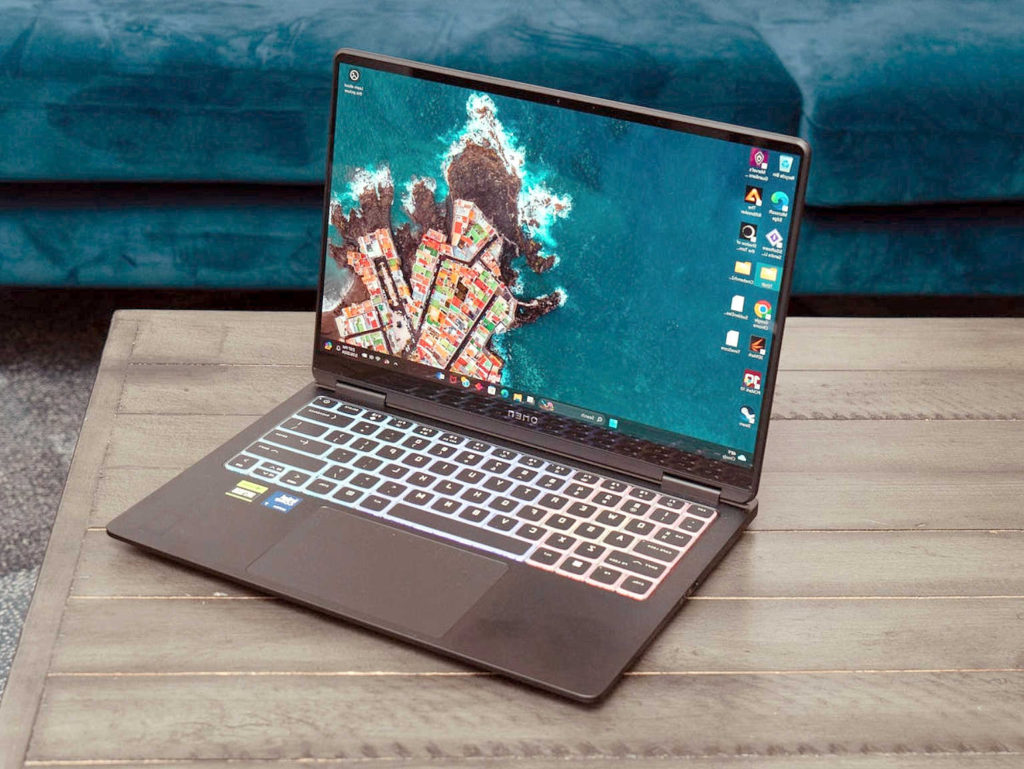The Rise of USB Power Delivery 3.1
A new power delivery standard for USB — USB-PD 3.1 — is gaining popularity.
But how does it actually work? And is it really possible to charge powerful devices quickly from a laptop or even a desktop PC?
Modern flagship smartphones now come with very large batteries, and keeping them charged requires some clever engineering.
Devices like the Apple iPhone 16 Pro Max, Samsung Galaxy S24 Ultra, or Xiaomi 15T Pro already support USB-PD 3.0, allowing them to draw up to 100 W of power.
The new USB-PD 3.1 standard takes this much further — it can deliver up to 240 W!
Thanks to USB Power Delivery Extended Power Range (USB PD EPR), a single USB-C cable can now power high-performance devices — even a 4K, 5K, or 8K monitor, or a modern laptop that itself can charge other gadgets. For example, the HP Omen Transcend 14 can act as both a high-speed charging client and a power source.

Many manufacturers are now shipping or announcing chargers capable of over 100 W, and some even reach 240 W.
But wait — a typical USB port runs at just 5 volts. Delivering 240 W at that voltage would require almost 50 amps of current — which would melt any regular USB cable, especially the thinner, cheaper ones.
How Does It Work?

The principle is similar to power transmission lines. High-voltage lines carry electricity from power plants to cities — because sending large amounts of power over long distances requires higher voltage and lower current. Step-down transformers then convert that voltage back to the safe 230 V we use at home.
Fast charging works in the same way: instead of thickening the cables, engineers simply increased the voltage levels the chargers can use.
But Can Higher Voltage Damage Devices?

Fortunately, no — the system is designed to be smart and safe.
When you first plug in a device, the USB port supplies a standard 5 V, which is safe for any gadget.
Only after the connected device and charger confirm compatibility does the voltage gradually increase — up to 20 V for USB-PD 3.0 (about 100 W of power).
The new USB-PD 3.1 Extended Power Range (EPR) can raise that to 48 V, delivering as much as 240 W.
This 48 V limit was chosen because it’s still considered safe for human contact, while enabling much higher power transfer.
That said, basic electrical safety rules still apply — never use any plugged-in charger near water, no matter how “safe” it’s rated. Electrical faults can happen with any device.
And finally, don’t forget: to take full advantage of USB-PD 3.1, you’ll need a high-quality cable with the proper wire gauge. Cheap or thin cables simply won’t handle the current safely.



